Australian Shepherd
Australian Shepherd Dog Food
| Male | Female |
|---|---|
| Height | Height |
| 51 - 58 cm | 46 - 53 cm |
| Weight | Weight |
| 20 - 25 kg | 20 - 25 kg |
| Life Stage | |
|---|---|
| Adult | |
| 1 to 7 years | |
| Mature | Senior |
| 7 to 10 years | From 10 years |
| Baby | Junior |
| Birth to 2 months | 2 to 12 months |
| Male | Female |
|---|---|
| Height | Height |
| 51 - 58 cm | 46 - 53 cm |
| Weight | Weight |
| 20 - 25 kg | 20 - 25 kg |
| Life Stage | |
|---|---|
| Adult | |
| 1 to 7 years | |
| Mature | Senior |
| 7 to 10 years | From 10 years |
| Baby | Junior |
| Birth to 2 months | 2 to 12 months |
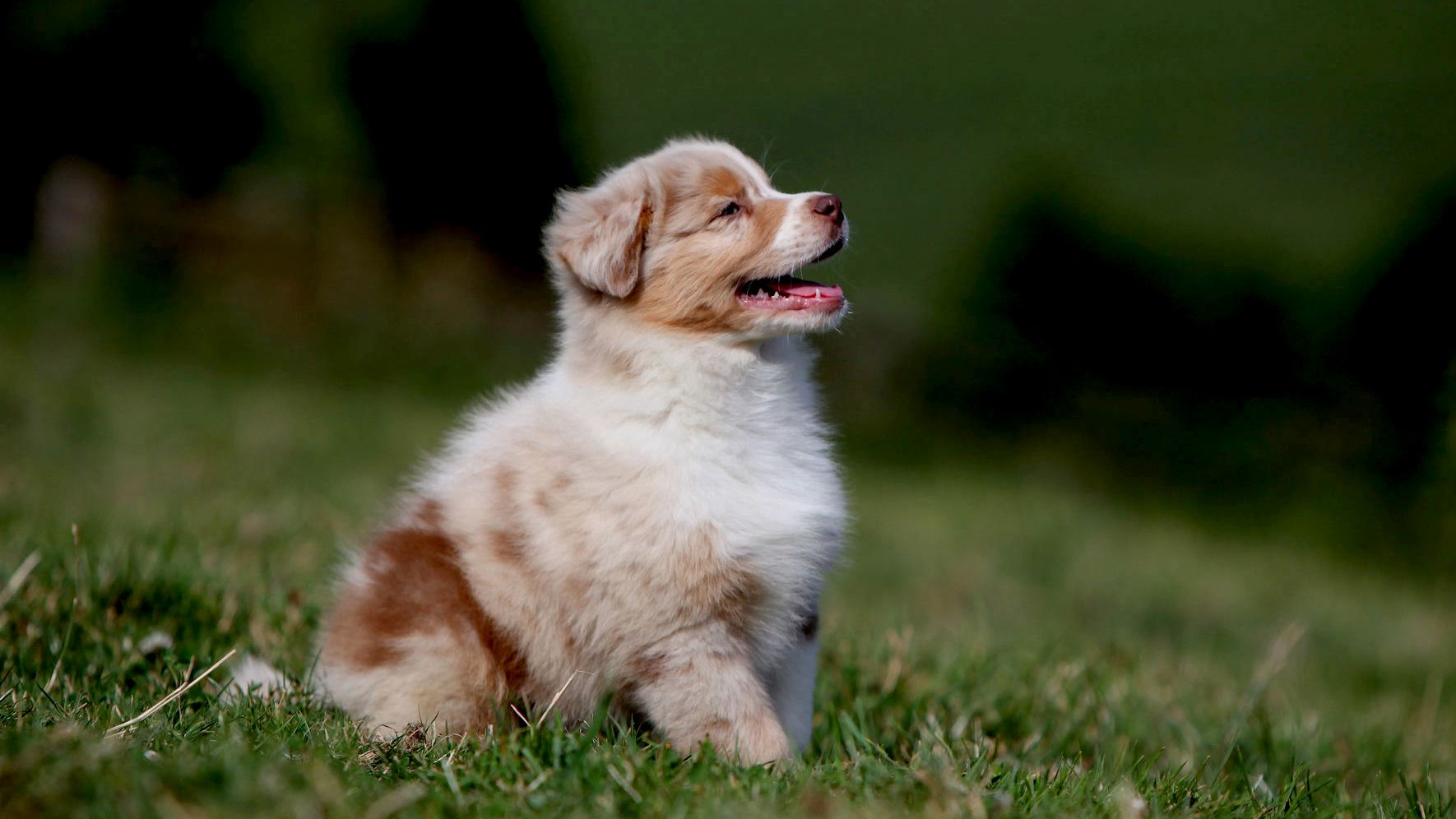
Get to know the Australian Shepherd
All you need to know about the breed
Three words best describe the Australian Shepherd: Extremely high energy. The breed is a delight, in appearance and in disposition. If your home has wide open fields or a large yard, you will have the pleasure of watching this breed blossom from puppyhood into a wonderful, carefree dog.
Know too that soon enough, the natural instincts of your Australian Shepherd will kick in. That means a need to herd, and if you don’t own sheep, it will be children, other pets, even you. Your Aussie means no harm: It’s merely his way of keeping everyone organised and carrying out their genetically ingrained duties. This is a taskmaster of a dog, most content when at work.
That said, make sure that exercise for your Australian Shepherd is daily and almost constant, whether he resides in the suburbs or the country. The breed is a superb family pet, a medium-sized dog with a bright face and tireless energy level. An equally active owner is best - marathoners welcome! Because of their deep roots in herding and ranch work, the Australian Shepherd is a staple in the American sport of rodeo. They excel at agility or obedience trials as well. Training for the Australian Shepherd is a cinch but strong discipline is key. Their incredible smarts are an asset on the job but they can be wiley if they want to. With an affinity for their owners, teaching your Australian Shepherd should be an enjoyable task in the end.
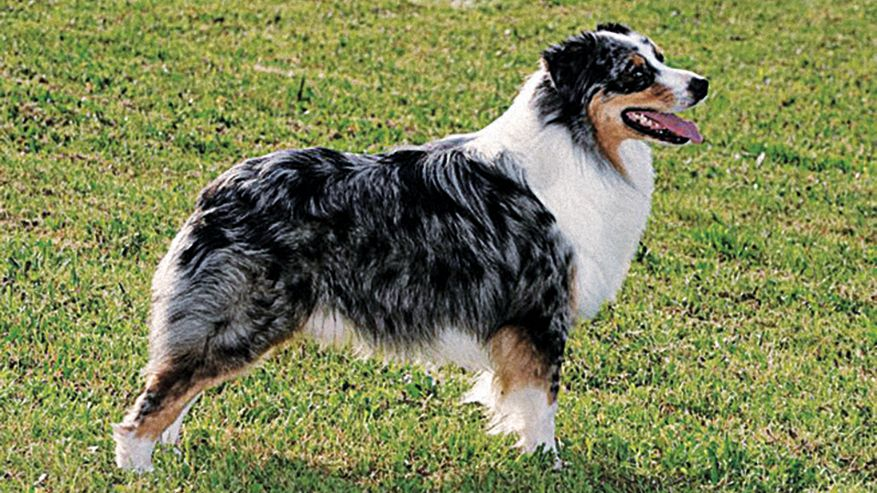
2 facts about Australian Shepherds
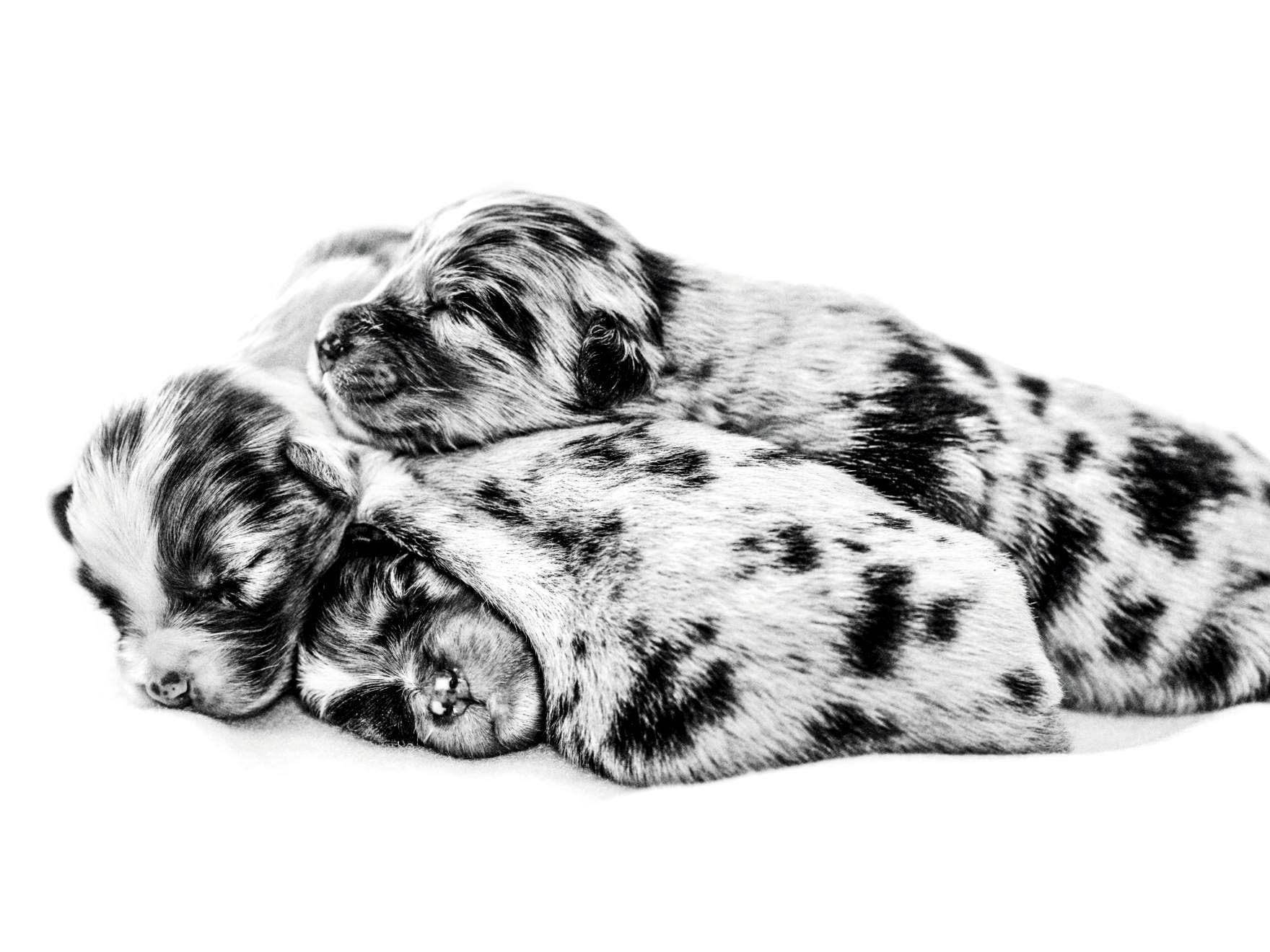
History of the breed
A truly international pedigree, the Australian Shepherd has benefitted from being bred in one country, named for another, and treasured in a third. The Australian Shepherd’s lineage spans several centuries, starting with their descent from herding breeds, namely Pyrenean Shepherds from the Basque region between France and Spain.
As wanderlust struck for the Basque people in the 1800s, they ventured to the faraway land and new continent of Australia. Sheep herding there necessitated a keen canine; the Australian Shepherd’s high intelligence fit perfectly. They were soon crossed with the Collie to sharpen the breed. Ever on the move, the Basques set out for new territory in California where the breed was embraced by cattle ranchers and named the Australian Shepherd after their supposed land of origin. The dog is now commonly seen on ranches, in rodeo, and used for search-and-rescue. The American Kennel Club recognised the breed in 1993.
From head to tail
Physical characteristics of Australian Shepherds
.
.
.
.
.
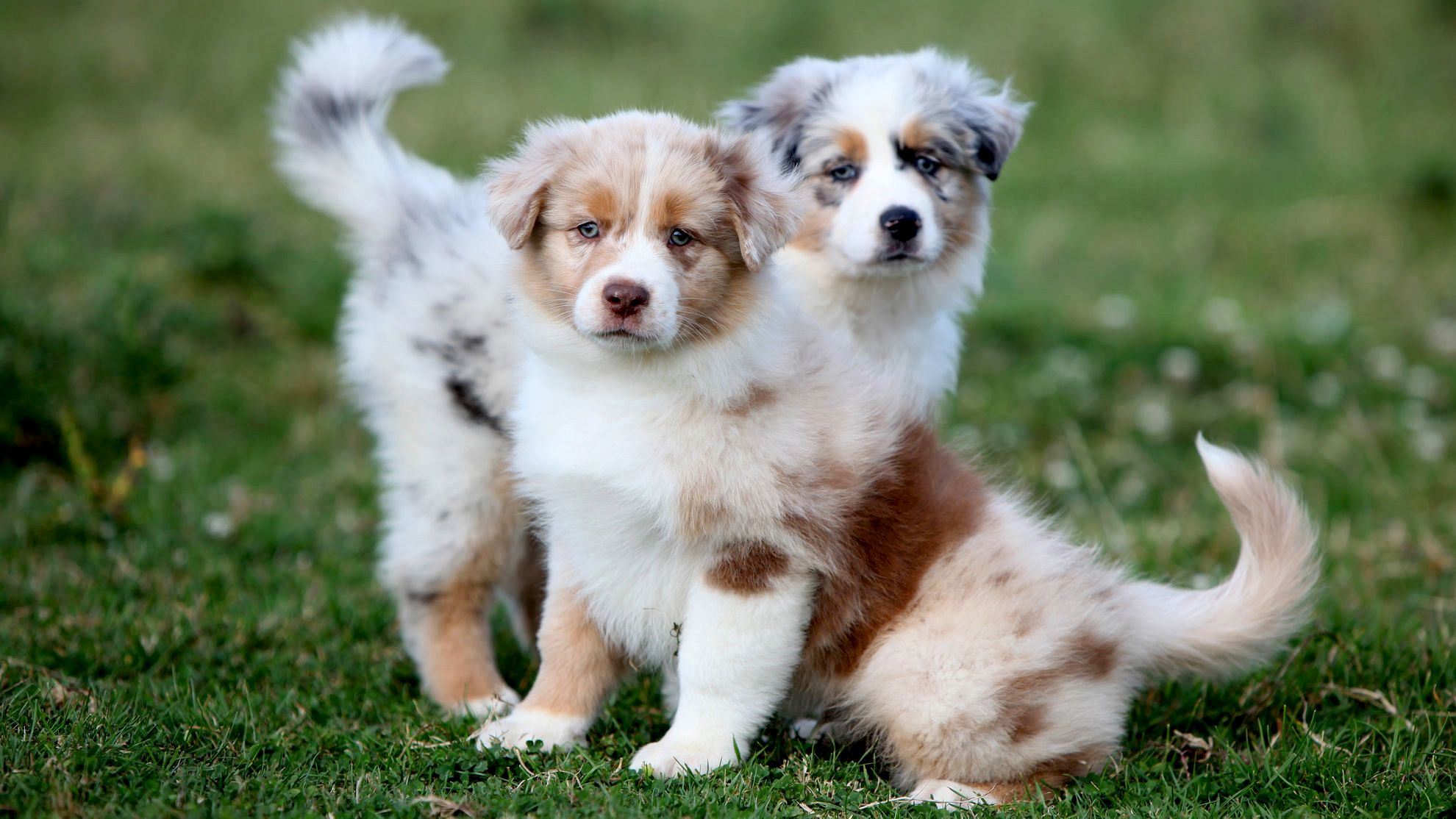
Things to look out for
From specific breed traits to a general health overview, here are some interesting facts about your Australian Shepherd
Healthy diet, healthier dog
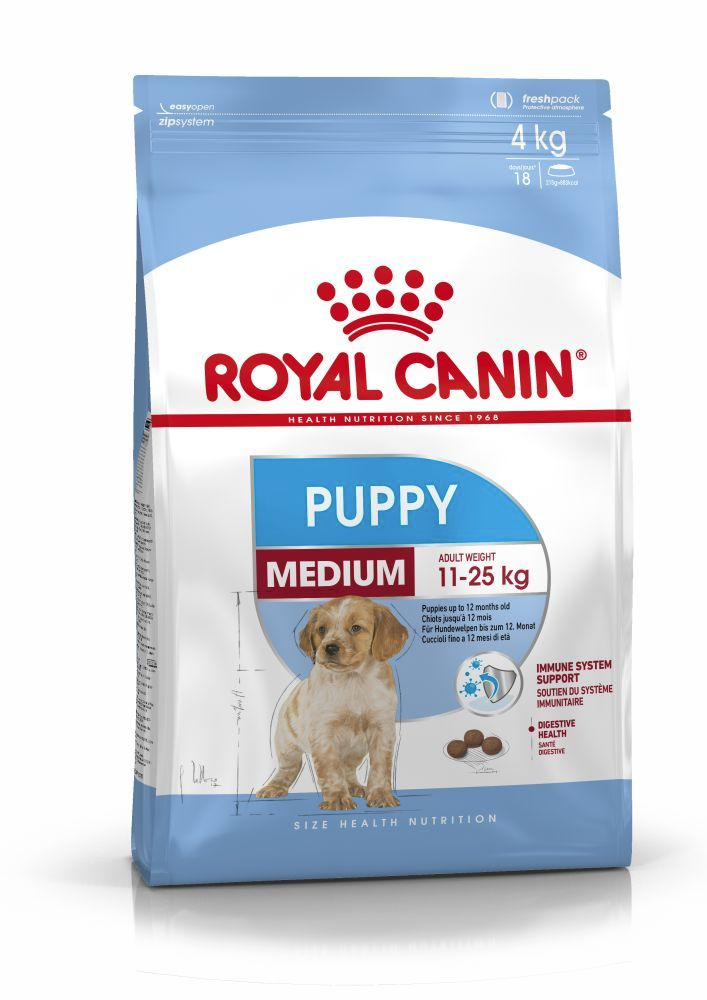
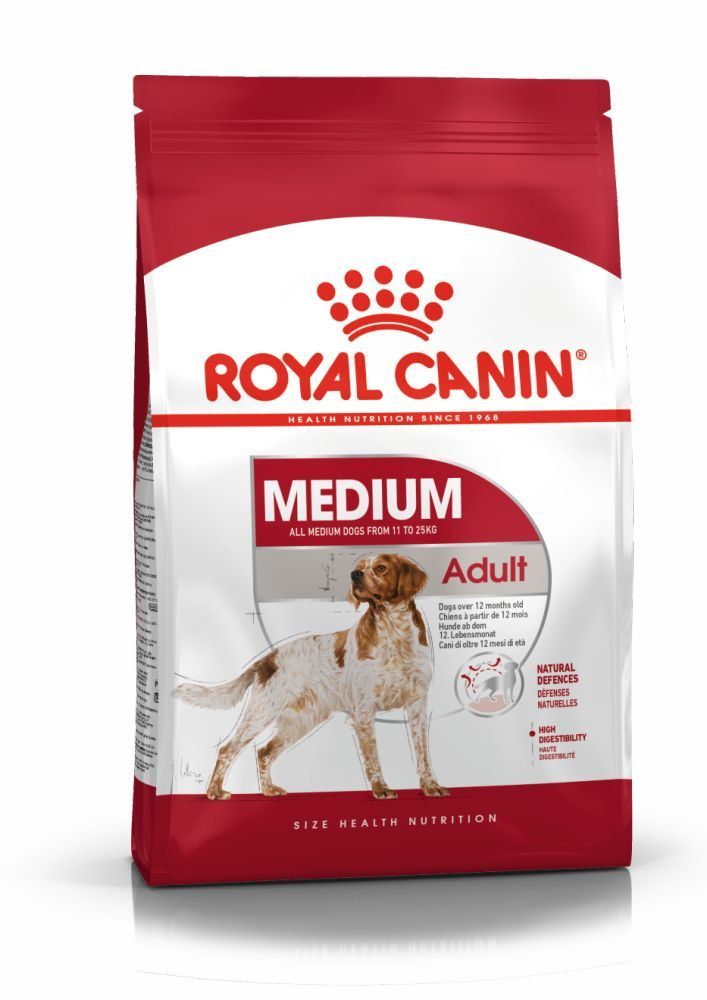
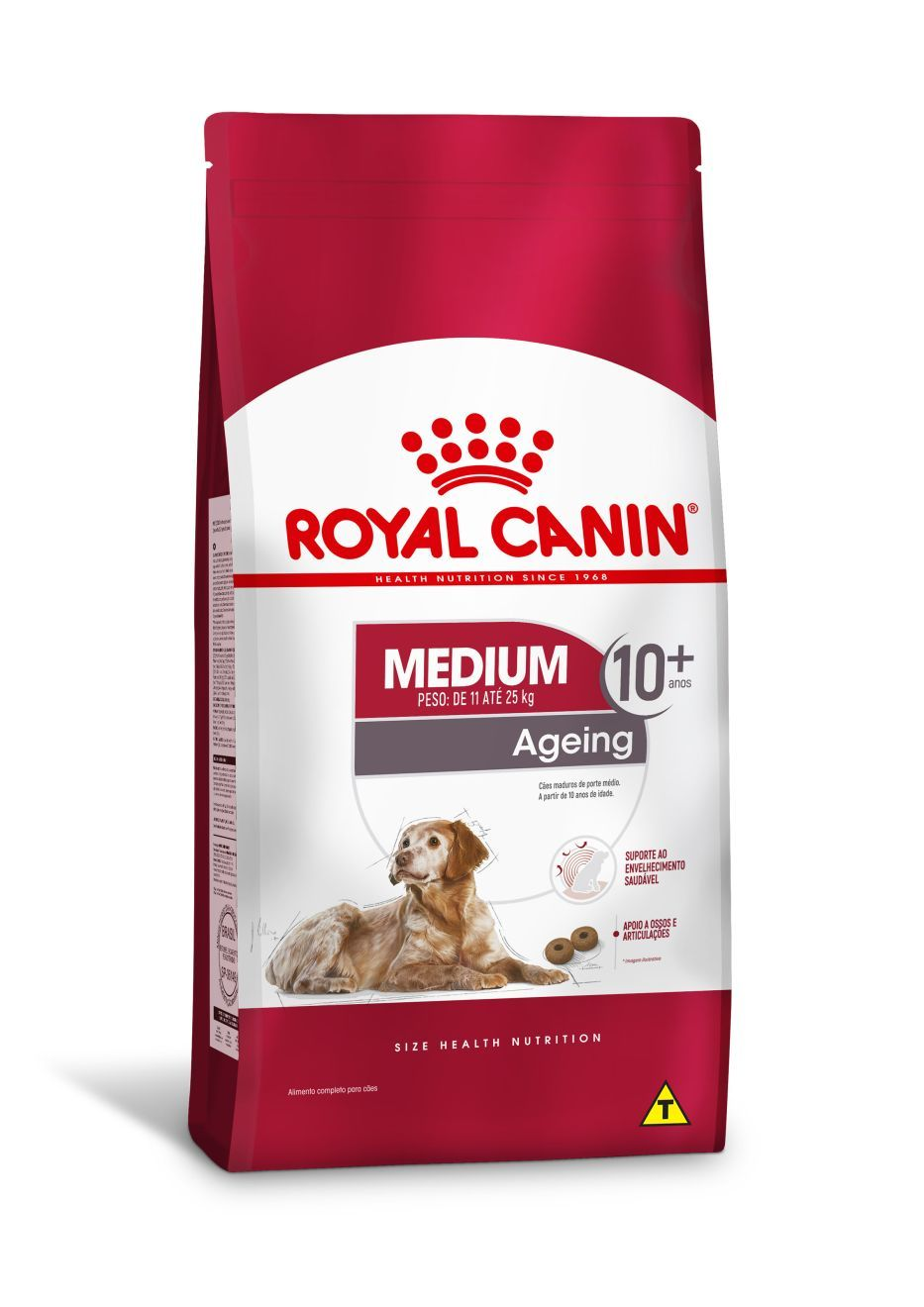
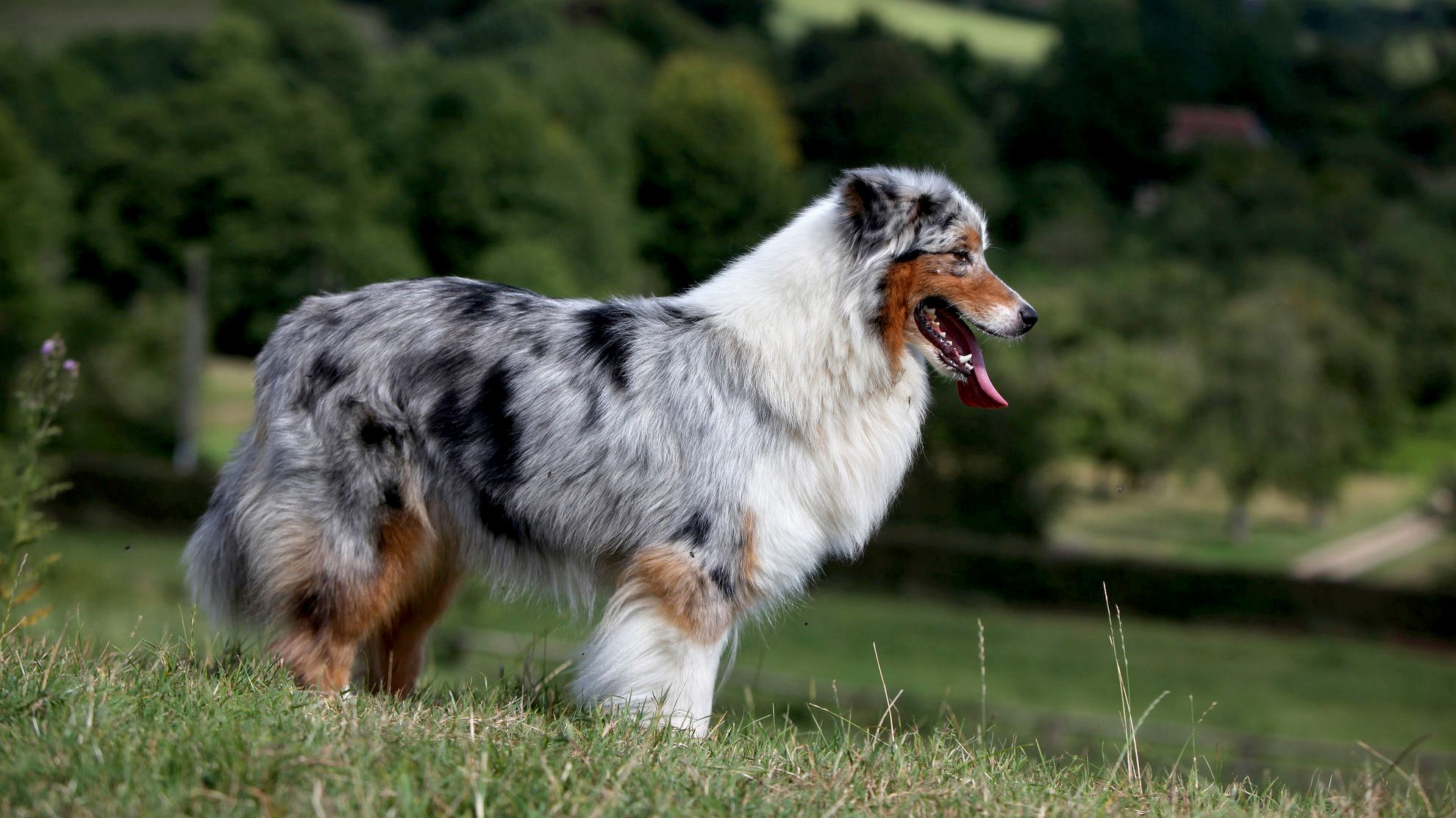
CARING FOR YOUR AUSTRALIAN SHEPHERD
Grooming, training and exercise tips
7/7
All about Australian Shepherds
Suggested Breeds
Read more on this topic
Sources
- Veterinary Centers of America https://vcahospitals.com/;
- Royal Canin Dog Encyclopaedia. Ed 2010 and 2020
- Banfield Pet Hospital https://www.banfield.com/
- Royal Canin BHN Product Book
- American Kennel Club https://www.akc.org/
Like & share this page